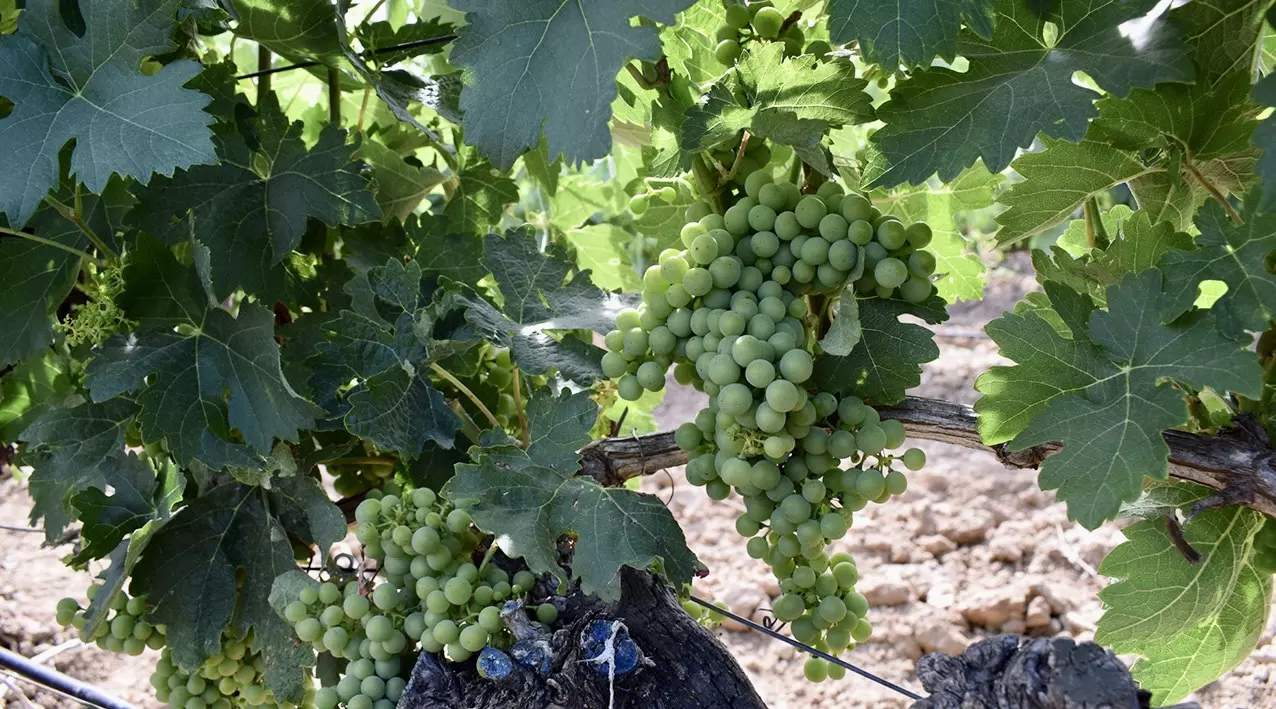During the months of July and August, the activity in the vineyard is constant. Currently, at Bodegas Federico we are doing the work of defoliating the vineyards, a task of the utmost importance. This activity, together with green pruning, contributes significantly to improving both the quality of the grapes and the yield of the vineyard.
Vineyard stripping is an ancient technique, essential for the perfect development of the grapes and which has a direct impact on the final quality of the wine.
Vineyard defoliation is a process that is generally done by hand and consists of removing leaves from vine plants during their growth cycle. These leaves, located around the clusters, are usually removed in the period prior to the harvest, although in some cases a first pruning is also carried out during flowering. The practice can vary by region, grape type, and vintner’s approach, but in essence, it seeks to expose the bunches to sun and air in the most convenient way.
The importance of leaf removal lies in its direct influence on the quality of the grapes and on the characteristics of the resulting wine. At first glance, it might seem that removing leaves would be counterproductive, since these are the organs in charge of photosynthesis, a vital process for the generation of energy and nutrients in the plant. However, strategic defoliation is carried out in a controlled manner to maximize benefits and minimize risks.
One of the most notable effects of leaf removal is the improvement in the exposure of the bunches to the sun. Solar radiation is essential for the ripening process of the grapes, since it contributes to the development of sugars and aromatic compounds that influence the flavor of the wine. In addition, sunlight also helps reduce humidity around the bunches, decreasing the incidence of fungal diseases that could damage the grapes. A proper balance between sun and shade is crucial to achieve optimal development of the bunches.
Another relevant aspect of leaf removal is its impact on air circulation. By reducing the density of the leaves around the clusters, better ventilation is promoted, which decreases humidity and prevents the growth of unwanted fungi, such as mildew and powdery mildew. By allowing air to flow freely through the clusters, the viticulturist creates an environment less conducive to the proliferation of these pathogens.
The defoliation also influences the management of the yield of the vines, since, by removing a calculated amount of leaves, the winegrower can regulate the size and concentration of the grapes. This practice can be especially useful when looking to produce wines of a higher quality and distinctive character, rather than a large quantity of product. A lower yield per plant often leads to more concentrated grapes, rich in flavor and aromas.
At Bodegas Federico we focus our efforts on achieving the maximum expression of the terroir and the potential of the grapes. This age-old technique contributes to making the Federico Reds exceptional wines, by highlighting the unique aromas and flavors of each grape.


